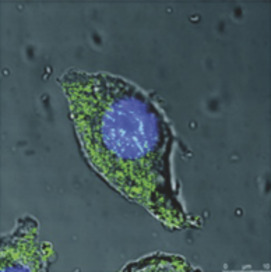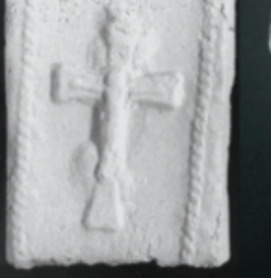Kaolins and Health: From First Grade to First Aid
The use of kaolins in health has its origins in prehistoric times. Humans and other animals consume kaolin for gastrointestinal ailments, digestive enhancement, and possibly nutritional supplementation. Kaolins are effective as hemostatic wound dressings, because they can clot blood from traumatic injury, with little damage to tissue. Various forms of kaolin have been shown to be antibacterial, and increasingly kaolins are being utilized in drug delivery. While nanoparticles of kaolin can have deleterious effects on human tissues, modern understanding of the mineralogy of kaolins and their interactions with human cells allows many health applications, reaching far beyond the prehistoric “first aid” uses.
Kaolins and Health: From First Grade to First Aid Read More »



